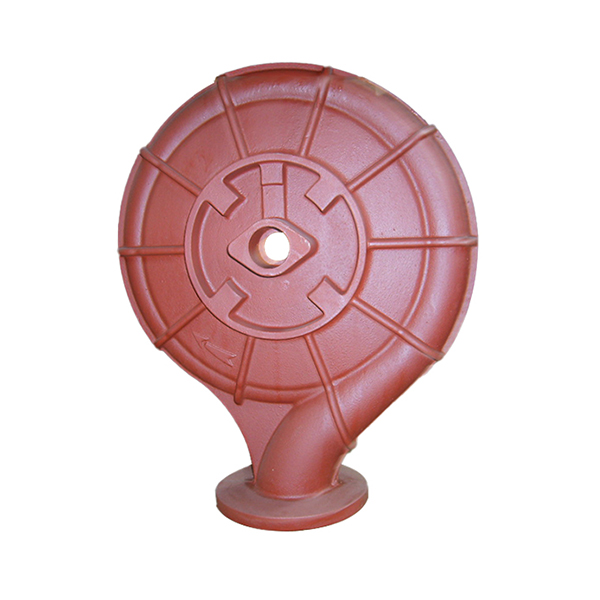Mobile:+86-311-808-126-83
Email:info@ydcastings.com
Spanish
die casting technology
Die Casting Technology An Overview
Die casting is a highly efficient manufacturing process used to produce metal parts in high volumes with excellent dimensional accuracy and surface finish. This technique has become a cornerstone in various industries, including automotive, aerospace, electronics, and consumer goods, due to its ability to create complex shapes and intricate designs.
The die casting process involves injecting molten metal into a reusable mold, known as a die. The die is typically made from steel, allowing for durability and the capacity to withstand high pressure during the injection of molten metal. The two primary types of die casting are hot chamber and cold chamber processes. In the hot chamber process, the melting mechanism is immersed in the molten metal, making it suitable for alloys with lower melting points, such as zinc and magnesium. Conversely, the cold chamber process is employed for metals with higher melting points, like aluminum, where molten metal is poured into the chamber before injection.
One of the significant advantages of die casting is the ability to produce parts with a tight tolerance, often within ±0.1% of the actual dimension. This precision reduces the need for secondary machining operations, ultimately saving time and cost. Additionally, die casting allows for thin walls and complex geometries, which are often challenging to achieve with other manufacturing methods. The smooth surface finish obtained from the die casting process also minimizes the need for additional surface treatments.
die casting technology

Die casting is highly scalable, making it ideal for mass production. Once a die is created, it can repeatedly produce thousands of identical parts, making it a cost-effective option for large quantity orders. However, the initial set-up costs for die production can be high, which makes this process less economical for small production runs.
Another notable aspect of die casting technology is its environmental impact. Modern die casting processes have evolved to incorporate more sustainable practices, including the recycling of scrap metal and reducing energy consumption. Advances in technology have also led to the development of cleaner, more efficient furnaces and improved die design, which contribute to lower emissions and waste.
In conclusion, die casting technology is a vital manufacturing process that plays an essential role in today’s industrial landscape. Its ability to produce high-quality components with precision and efficiency makes it indispensable in meeting the demands of various sectors. As technology continues to advance, die casting will likely witness further enhancements, driving innovation and sustainability in manufacturing practices. Whether producing automotive parts or intricate electronic housings, die casting remains a preferred choice for manufacturers seeking reliability and excellence.











